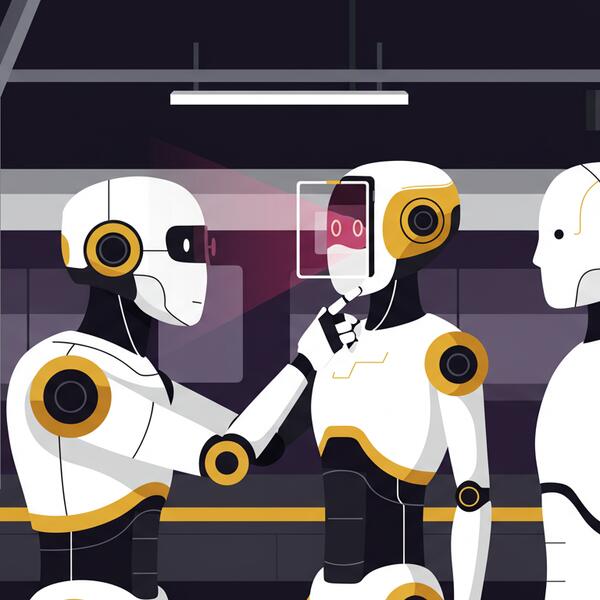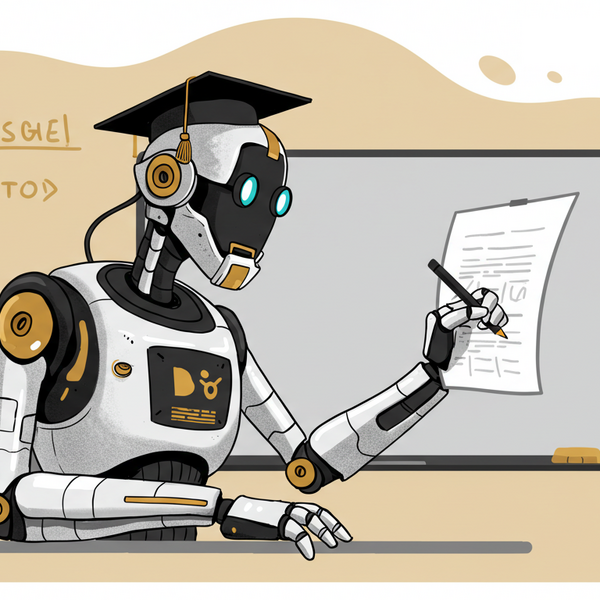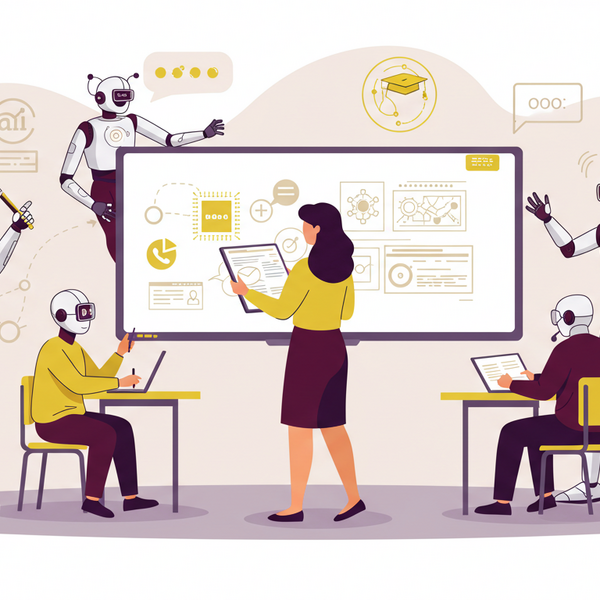
When to Use CreateAI Beta vs. Production: What You Need to Know
What Is CreateAI Beta Environment?
The Beta environment was the very first version of CreateAI and it played a huge role in shaping the platform. Faculty, staff, and challenge participants used it to explore early features, give feedback, and help us fix bugs.
Today, Beta is still live, but it serves a very specific purpose:
- Testing new, unreleased features,
- Providing early feedback to the product team,
Participating in feature pilots or innovation programs (like the AI Innovation Challenge)
Beta is not stable, and it’s not optimized for day-to-day work. It’s updated often, may contain bugs, and isn’t monitored the same way as Production.
What Is CreateAI Production Environment?
Production is the official, stable version of CreateAI ready for teaching, research, student use, and real-world projects. It includes:
- All tested and approved features
- Performance optimizations
- Regular support from the ASU AI team
- Compatibility across CreateAI Builder, Chat, Compare, and Knowledge Base
Production is hosted at: https://platform.aiml.asu.edu
Whether you’re creating bots, drafting instructions, or just exploring ideas this is where you should be working. Even if your project isn’t "ready for students" yet, you should still be building in Production.
Note: Want to Test New Features Early?
If you're interested in exploring upcoming tools and helping shape CreateAI, you're always welcome to join our Beta user group. As a beta user, you’ll; Get early access to experimental features, Help us test and provide feedback before full release, Stay connected to what’s coming next
Request access here: ai.asu.edu/technical-foundation/join-the-create-ai-lab-user-group
We’d love to have you in the lab!
Common Misunderstanding:
“But I’m not launching my bot yet can’t I just use Beta until it’s ready?”
Nope. If you're not testing an unreleased feature, Beta isn't where you should be working. Any development, prep work, or internal use should happen in Production so you benefit from stability, support, and future-proofing.
What you should know:
Use This | When You’re... |
Production | Creating anything for real use even early-stage bots |
Beta | Actively testing new features, part of a pilot, or giving structured feedback |
If you're unsure which environment you’re in, or you need help switching over, just reach out, we’re happy to assist.
Let’s keep things clear, supported, and stable for everyone. Thanks for helping us build CreateAI the right way.
Keep Reading
Understanding Rate Limits on CreateAI Builder
Ever run into a message that says, “Your project has reached its Tokens per Minute limit (TPM)”? Well, just think of it as a friendly traffic signal reminding us not to zoom too fast. We’ll walk through what does a token mean, what does reaching TPM mean, which settings affect token usage, and how to optimize your AI Project to avoid hitting the limit.
AI with Integrity: ASU’s AI Acceleration Team is Setting New Standards for Ethical AI
Artificial intelligence (AI) is rapidly transforming industries, from healthcare and finance to entertainment and education. At Arizona State University (ASU), the AI Acceleration team within Enterprise Technology is ensuring that this transformation happens responsibly.
Generative AI Tool Pre-Release Evaluation Guide
Arizona State University remains dedicated to responsible, principled innovation when deploying generative AI solutions, including chatbots. This guide ensures each project aligns with ASU’s values by mitigating potential risks—such as misinformation, bias, toxicity, and compliance lapses—using rigorous methods like automated testing, red teaming, and pilot experiments. In doing so, we uphold accuracy, fairness, and user trust while enhancing digital experiences across the university.



